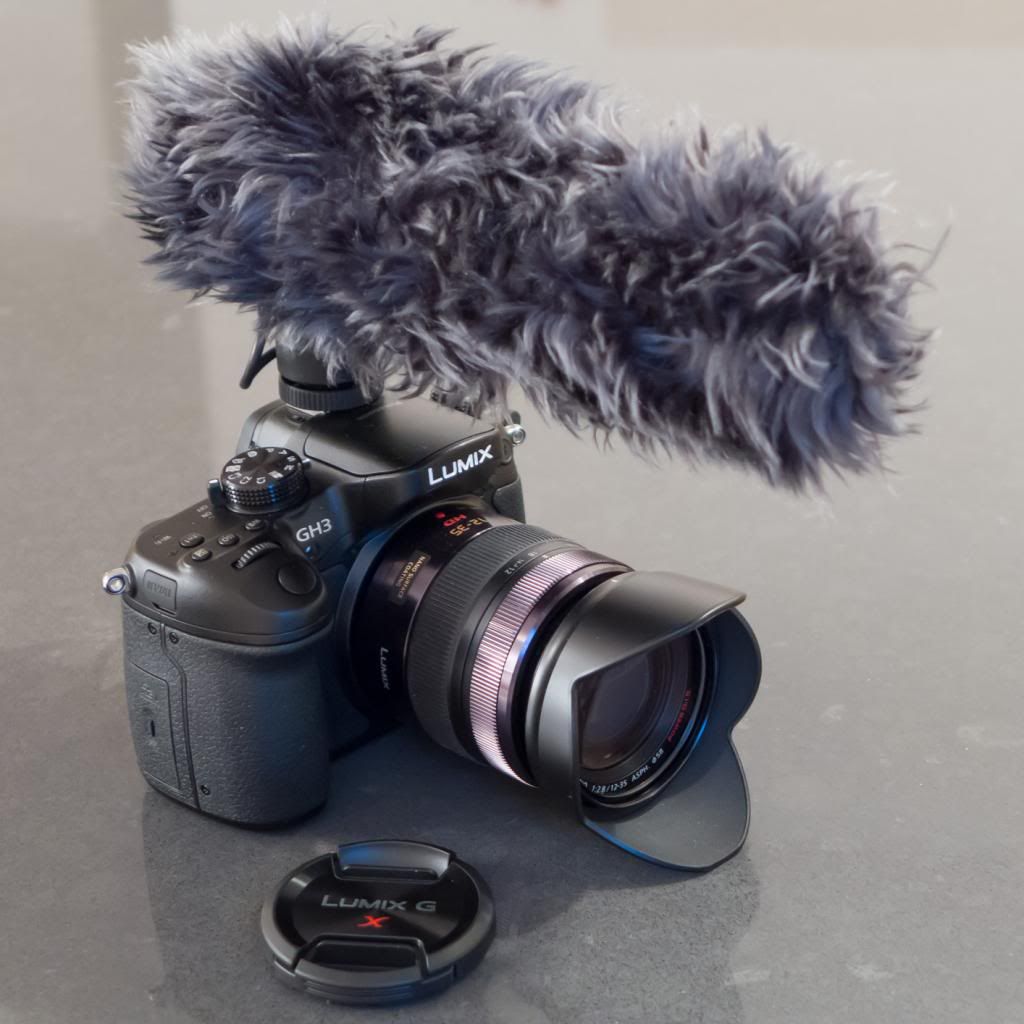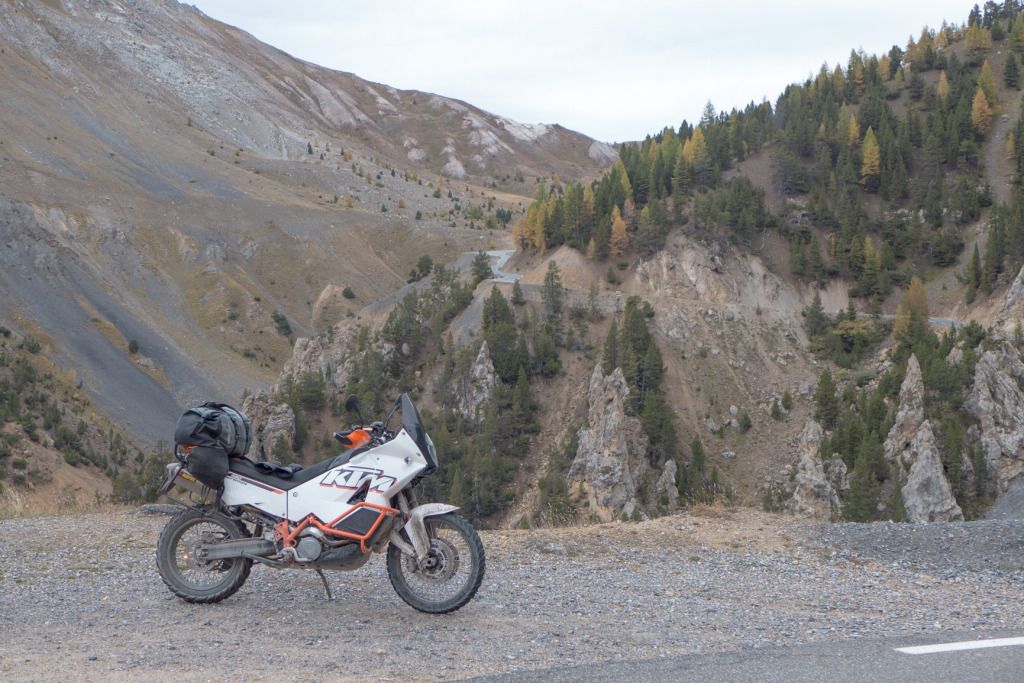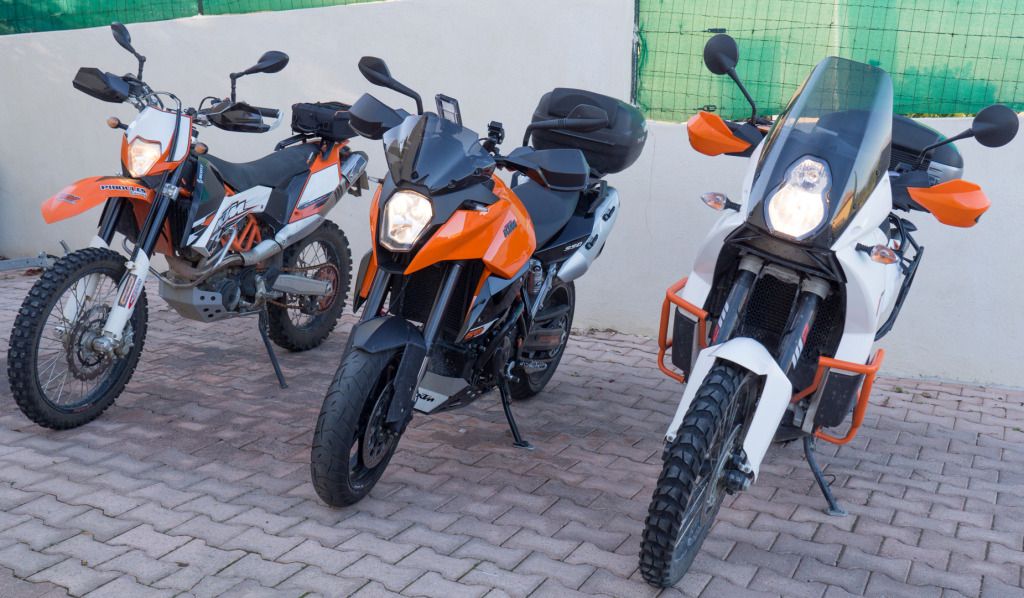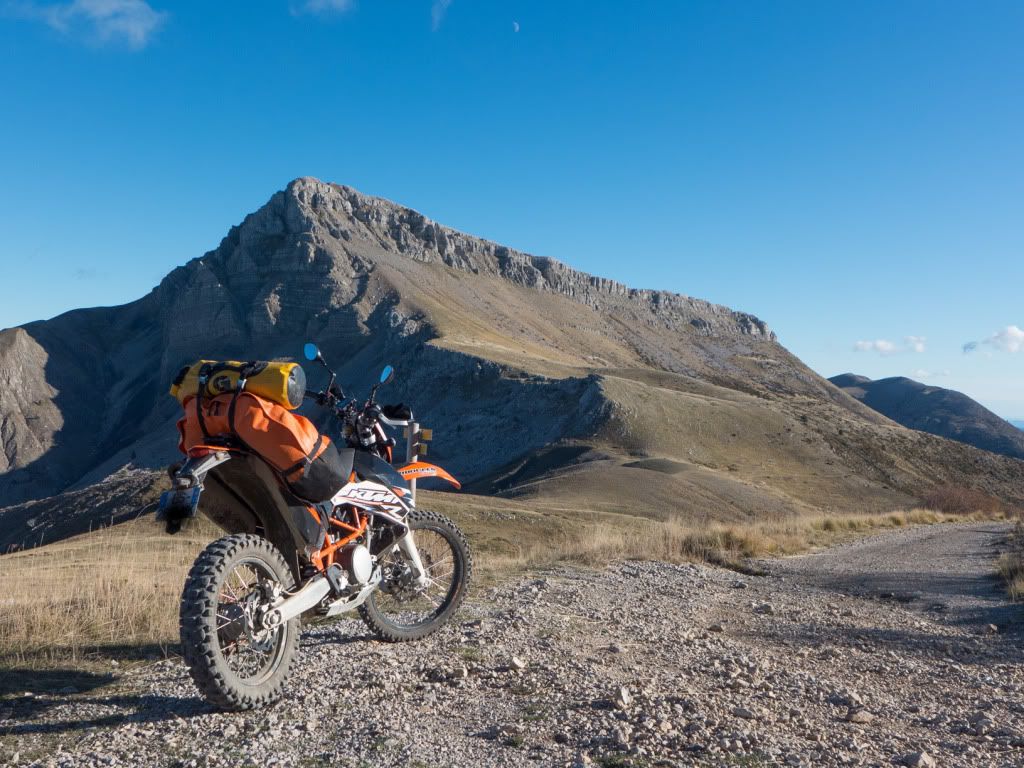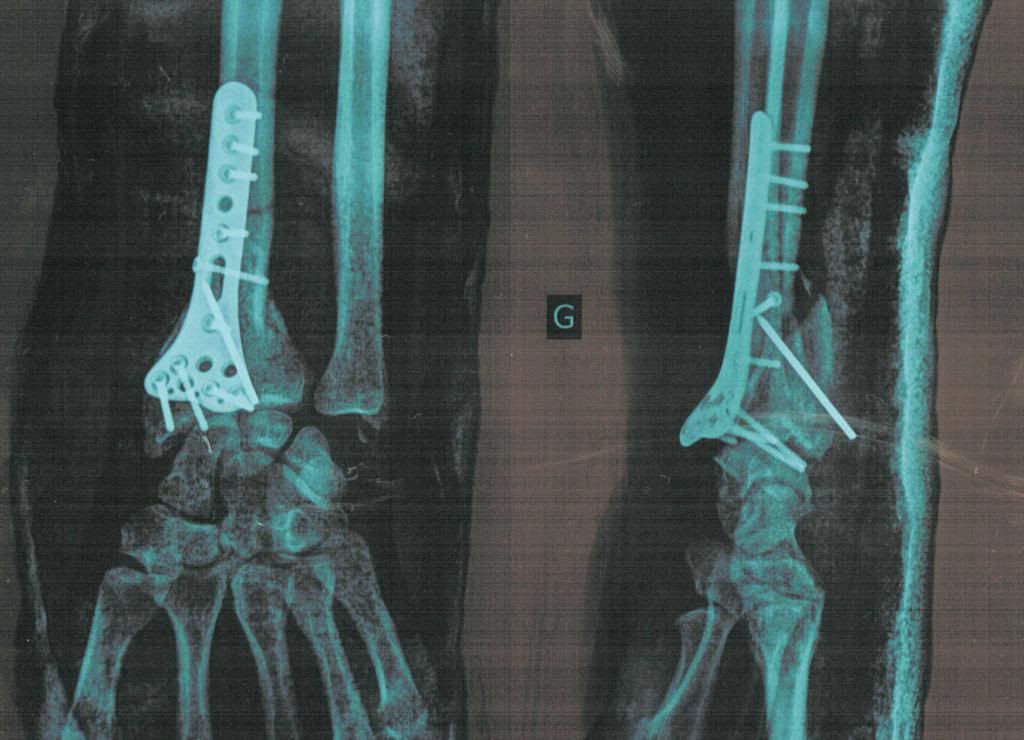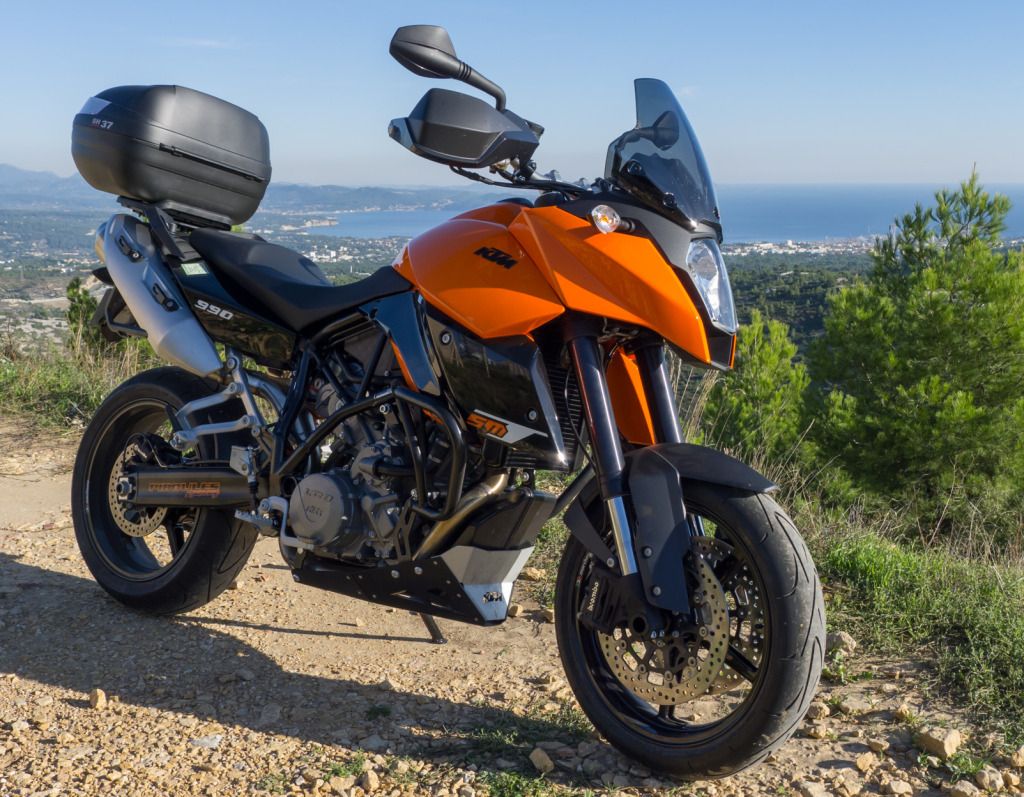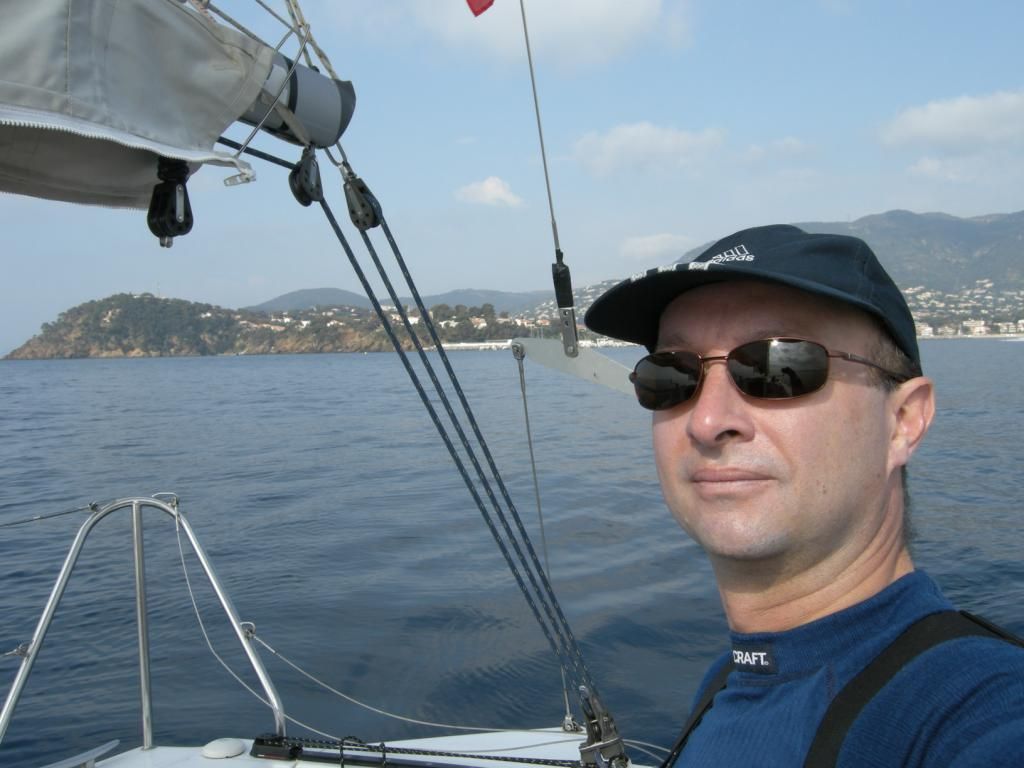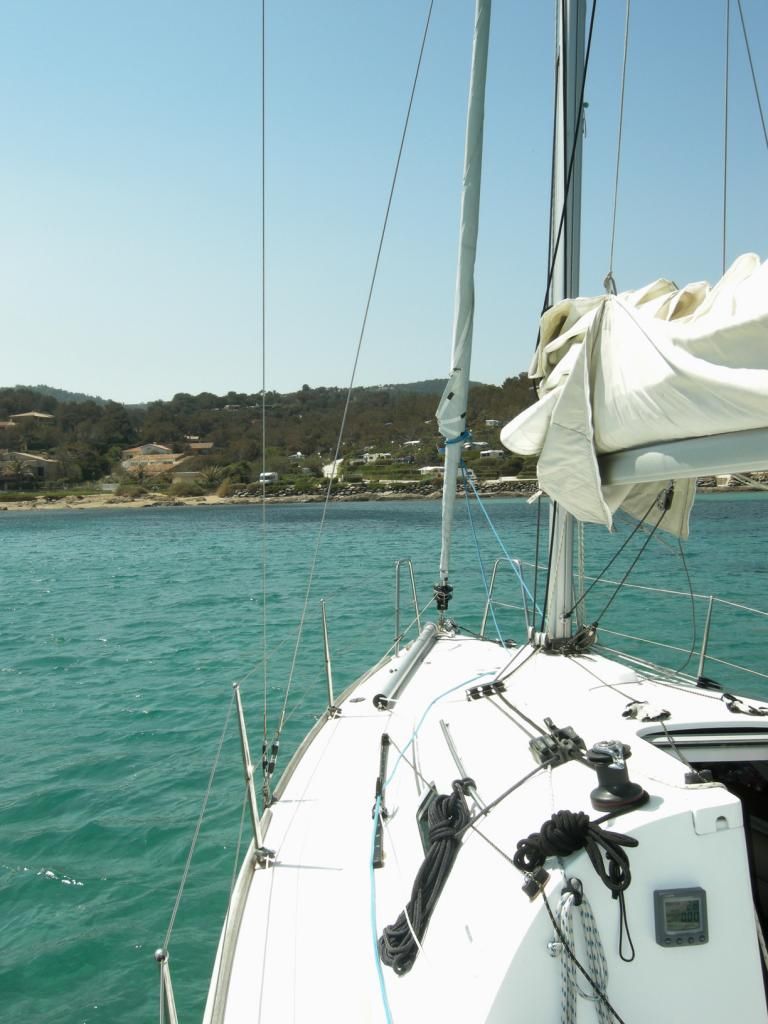I just switched from semi-pro Nikon D300 (with grip MB-D10 and 17-55f2.8 and 70-200f2.8 and SB900) to Panasonic GH3 (with 12-35f2.8 and 360L and MS2) by trade-in with little extra cash.
For context, I have owned nikon and canon film SLRs, and switched to nikon DSLRs ~10y ago with d2h then d70 then d300. I also went through many nikon compacts and switched to panasonic LX5 then LX7 now. For videos I also have owned the panasonic DVX-100B and now the HMC-151E with audio-technica stereo gun mic. I am an amateur and never shoot for money.
I have been watching the micro 4/3 evolution for some years, but could not make the decision until my frustration with my gear increased (I cannot easily carry all that stuff everywhere), and until I could find a better solution.
So, considering that the Nikon mirror-flip live-view concept and video capability is quite poor, and the LX7 has great video with AVCHD-P, and now the GH3 is “DSLR-like”, it was time to switch.
My first impressions on the switch from d300 to GH3, may be helpful for others:
The handling and controls are immediately familiar, with some nice shortcut menu and numerous customizable buttons. It has the right balance of being small and light and comfortable to hold with a long lens and flash or mic. It feels robust and ready to follow me everywhere.
The photos are good, and the aspect ratio control is a nice benefit, having a choice to compose at 4:3 or 3:2 is very useful (it’s amazing that we have been trained to accept only 3:2, I feel liberated again with my DSLR as I have been with my LX5/7). I often shoot with low available light, and the high ISO performance in shots (I only shoot RAW) is similar to previous experience, at least 2 f-stops better than LX7 but I regularly need some noise reduction in lightroom. The GH3 DOF is understandably more than the D300 due to the sensor size, but I was often finding myself missing some DOF on D300 photos because I often shoot wide open, so the GH3 DOF is OK (and I have a couple of photos already with insufficient DOF from GH3 at f2.8).
The rear-screen is beautiful, but the EVF is dissapointing, it is nowhere near as good as a true optical viewfinder, I can’t see a reason to use it yet. If panasonic releases a GX2 (no EVF) with the GH3 specs (esp mic input) and a decent grip, it would be my choice. The benefit of rear-screen or EVF over optical viewfinder is especially clear in low light, and the rear-screen removes the obstacle that the camera is between photographer and subject, especially with the articulated rear-screen.
The 12-35f2.8 is great, very sharp at all settings, fast focus and solid and small, some slight vignetting at f2.8 which disappears by f4 (as expected from online tests) and is easily corrected in lightroom. I dont trust image stabilization but I leave it on (for now…), there is no option to set auto-iso to 1/125, it seems to default to 1/60 which is too slow for moving subjects, so manual control is required.
The video is awesome, AVCHD-P at 60fps is great, the controls are somewhat restricted compared to my HMC-151 (no ND filters, difficult aperture controls, cumbersome shutter speed control and mic-levels and iso controls, no focus assist, etc) but the image quality and fluidity of 60p (vs 25/30p of AVCHD) is amazing. However, it not a replacement for dedicated video work so I am not ready to sell the HMC-151. Perhaps Panasonic can give better video controls with a firmware upgrade, such as exposure compensation or shutter/aperture controls during video shooting in A/S/P modes.
The GH3+12-35 is matched to my LX7, the videos are similar high quality, the photos at low light are similar considering the 2 f-stop advantage of the LX7, and the controls are close-enough to feel like the same family. A great pair imho, with the obvious advantages of the GH3 when travelling with more gear.
The MS2 mic is exactly as expected, and a big improvement over the in-built mic. It is perhaps THE reason to choose the GH3 over any of the other existing lumix.
The 360L flash is OK, it is small and has all the desired functionality, and the LED light is very useful for video, but the mount lock is not as solid as on a nikon.
I am surprised by the cost of the lenses, I want the 35-200f2.8 and 7-14f4 but they seem overpriced (I know, that’s where panasonic makes money…), the other nice lens is the 25f1.4 but also overpriced. I cant accept f4-5.6 telephoto lenses for the low-light photos/videos I do.
I also need another battery (which is a good sign, because I am using the GH3 much more than the D300), it is overpriced too, and I probably will put it in the add-on grip for extra one-handed comfort.
In conclusion, for others in a similar situation with amateur photo+video needs and a reasonable budget, the GH3 is a great choice.
